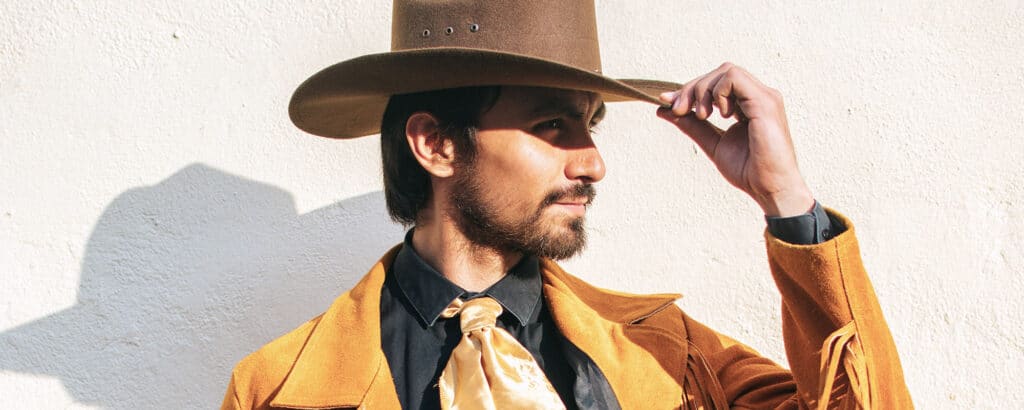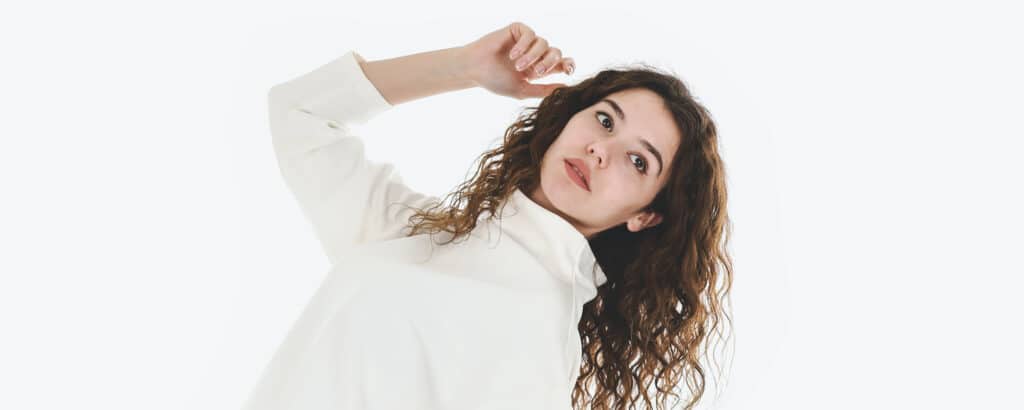While data and research are key components of marketing, the job demands much more than insights and campaign iterations. Great marketing also requires a deep understanding of human psychology — including the desire to categorize ourselves and our fellow humans.
Psychologist Carl Jung first proposed the theory of archetypes, or sets of personality traits that transcend time, language, and culture. These Jungian archetypes were then expanded upon to help marketers better understand their consumer base and establish trust and loyalty with consumers. Marketers discovered that archetypes are not just applicable to individual people — this framework could be used as a narrative tool to craft a brand’s identity.
Using archetypes as narrative tools is a powerful concept. Expanding upon consumers’ familiarity with various archetypes can help them more quickly understand and identify with brands. For example, because consumers have seen multiple hero stories throughout their lives, they can instantly understand and emotionally connect with the hero of a brand narrative. In this way, archetypes can be used to create an instant sense of familiarity between an audience and a character, as well as to emotionally connect with potential customers.
Brand archetypes also enable businesses to strategically develop their brand positioning. Brands can use the structure of a brand archetype to understand their place in the market and structure their brand identity.
Which brand archetype best describes your brand?

Exploring your brand’s personality and values will help you discover which archetype best describes your brand. In the marketing world, there are 12 popularly understood brand archetypes. Each archetype carries its own unique personality traits and inspires its own individual perspectives and feelings in consumers. To find their archetype, marketers like to imagine their brand as a living person. What is your brand like? How does it speak and interact with others? What words best describe your brand? What feelings does it create in others? As you peruse the 12 primary brand archetypes, consider which type most accurately fits your brand’s narrative.
Creator
Creator archetypes are innovative problem solvers who thrive on originality. Always imaginative and inventive, you can expect a creator to use catch phrases like “Think differently” or “express your individuality” in their brand messaging. Creators celebrate nonconformity and artistic endeavors. They offer products that empower their customers to live their lives on their own terms. Well-known examples of creator brands are Apple, Lego, and Adobe.
Sage
The sage archetype values the sharing of wisdom and understanding. Rather than establish themselves as the problem solvers of the world, a sage strives to set customers up for success by imparting information and sharing expertise. The sage is often seen as a thoughtful, analytical mentor or advisor that offers practical information to its audience. Brands who fit the sage archetype inspire others to search for the truth, and include businesses like TED, Google, and BBC.
Caregiver
Compassion, caring, and warmth are hallmark characteristics of the caregiver archetype. Caregiver brands focus on making their customers feel cared for, nurtured, and protected, often in the way a mother, teacher or nurse might. The brand messaging of a caregiver might include statements about self-care and gratitude. Examples of caregiver brands include UNICEF, Johnson & Johnson, and Pampers.
Innocent
The innocent archetype promotes positivity and optimism with their brand messaging, which might often include references to pursuing a life of happiness, honesty, and simplicity. Innocent brands spread fun and peace with their products and services and make life feel more enjoyable for their customers. Brands that epitomize the innocent brand archetype are Dove, McDonald’s, and Coca-Cola.
Jester
Jester archetypes lean into messaging that entertains consumers in a playful and positive way. Brand messaging from a jester archetype would reference enjoying life and promote values like togetherness and humor. Prime examples of the jester archetype include brands like Budweiser, Skittles and Old Spice.
Magician
Brands that portray a magician archetype are perceived by consumers as imaginative, idealistic, and charismatic. They display an attitude of “Create magical moments!” and often inspire their audiences to turn their dreams into reality by using their products or services. Transformational, exciting messaging is the trademark of the magician archetype, which can be seen in brands like Disney, Dyson, and Polaroid.
Ruler
Ruler archetypes love to display power and status. Often appearing to be the epitome of success and loyalty, rulers possess and laud qualities like confidence, leadership, and stability. This archetype is driven to create an air of exclusivity that is associated with wealth and success. Prime examples of the ruler archetype are Microsoft, Rolls Royce, and Rolex.
Hero
The epitome of strength and courage, the hero archetype strives to overcome unfairness and inequity. Heroes empower audiences to face problems bravely and motivate them to succeed through the proficiency and application of honorable skills. Inspirational hero brands strive to leave a positive mark on the world and include Nike, BMW, and FedEx.
Everyman / Regular Guy
Everyman archetypes connect with consumers through down-to-earth brand messaging that is relatable to a wide audience. This archetype is dependable, pragmatic, and inclusive. Instead of trying to stand out or innovate, everyman archetypes promote community and build trust by offering dependable, approachable products that everyone can enjoy. Examples of the everyman archetype are Ford, Levi’s, and Ikea.
Rebel / Outlaw
The antithesis of the everyman, the rebel archetype thrives on being seen as disruptive and confrontational. Rebels promote independent thinking and pave the way for change. They like to challenge traditions and break rules to make things happen. This archetype employs revolutionary messaging and encourages audiences to take risks to live meaningful, liberated lives. Harley-Davidson, Greenpeace, and Red Bull are powerful examples of the rebel archetype.
Explorer
The explorer archetype celebrates adventure and applauds discovery. Rooted in freedom, independence and the brave investigation of innovative ideas, explorers push themselves toward adventure and forging their own paths toward a fulfilling life. Rather than disrupt and destroy like a rebel, explorer archetypes are ambitious and are likely to pioneer new ventures out of a sense of curiosity and happiness. Well-known explorer brands include The North Face, Subaru, and National Geographic.
Lover
Lover archetypes foster connection through emotional intimacy and empathy. This archetype is passionate, committed, and romantic, and often promotes indulgence when caring for others or caring for yourself. The lover archetype typically utilizes brand messaging that is affectionate, and that affection may be directed toward family, partners or even spirituality. Examples of strong lover archetypes are Godiva, Chanel, and Victoria’s Secret.












Were you able to identify your brand within these 12 brand archetypes? Are you intrigued by the power of brand archetypes and want to take a closer look at how they can help define the personality of your brand? Let (matter) guide your marketing team toward identifying and then building upon your brand archetype. As a full-service branding agency, (matter) can help your brand connect with your audience on a deeper emotional level and reinvigorate your marketing strategy.